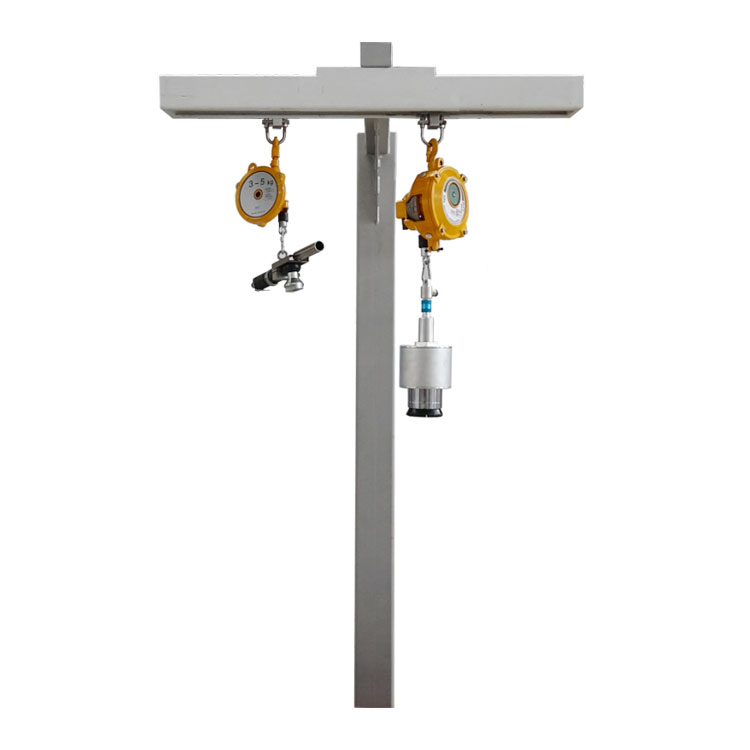The Backbone of Efficiency: How Design Shapes the Performance and Durability of Handhold Cap Screw Machines
2024-04-24
Handhold cap screw machines are essential tools in various manufacturing processes, providing efficient and precise sealing of containers with caps. The design of these machines plays a crucial role in their performance and durability, directly impacting productivity, reliability, and maintenance requirements. In this blog, we'll explore how the design of handhold cap screw machines contributes to their overall performance and durability.
1. Structural Integrity:
The structural design of a handhold cap screw machine determines its stability and resistance to mechanical stress during operation. Machines built with sturdy frames, reinforced components, and proper alignment are more likely to withstand the forces exerted during the screwing process, leading to increased durability and longevity.
2. Material Selection:
The choice of materials used in the construction of handhold cap screw machines greatly influences their performance and durability. High-quality materials that are resistant to corrosion, wear, and fatigue ensure the machine's reliability over time, even in harsh manufacturing environments.
3. Ergonomics:
An ergonomic design enhances operator comfort and reduces fatigue during prolonged use of the handhold cap screw machine. Features such as comfortable grips, balanced weight distribution, and adjustable handles contribute to operator satisfaction and efficiency, ultimately improving overall performance.
4. Precision Engineering:
Precision engineering is crucial for achieving consistent and accurate sealing results with handhold cap screw machines. Machines designed with tight tolerances, smooth operating mechanisms, and precise torque control ensure reliable performance and minimize the risk of errors or defects in the sealing process.
5. Flexibility and Adaptability:
The design of handhold cap screw machines should allow for flexibility and adaptability to accommodate various cap sizes, types, and production requirements. Modular designs with interchangeable parts or adjustable settings enable seamless transitions between different applications, enhancing versatility and efficiency.
6. User-Friendly Controls:
Intuitive and user-friendly controls simplify operation and reduce the learning curve for operators using handhold cap screw machines. Clear labeling, logical layout, and easy-to-understand interfaces empower operators to maximize the machine's performance while minimizing the risk of errors or accidents.
7. Maintenance Accessibility:
A well-designed handhold cap screw machine should facilitate easy access to critical components for maintenance and servicing. Features such as removable panels, tool-less access points, and clear service indicators simplify routine maintenance tasks, prolonging the machine's lifespan and reducing downtime.
8. Integration Capabilities:
For seamless integration into production lines, handhold cap screw machines should be designed with compatibility in mind. Standardized interfaces, communication protocols, and mounting options allow for easy integration with other equipment, enhancing overall system performance and efficiency.
Conclusion:
The design of handhold cap screw machines is a critical factor that directly impacts their performance and durability in manufacturing operations. Structural integrity, material selection, ergonomics, precision engineering, flexibility, user-friendly controls, maintenance accessibility, and integration capabilities all contribute to the machine's overall effectiveness and longevity. By investing in well-designed machines and prioritizing proper maintenance and care, manufacturers can ensure reliable sealing processes, minimize downtime, and optimize their production efficiency for years to come.



